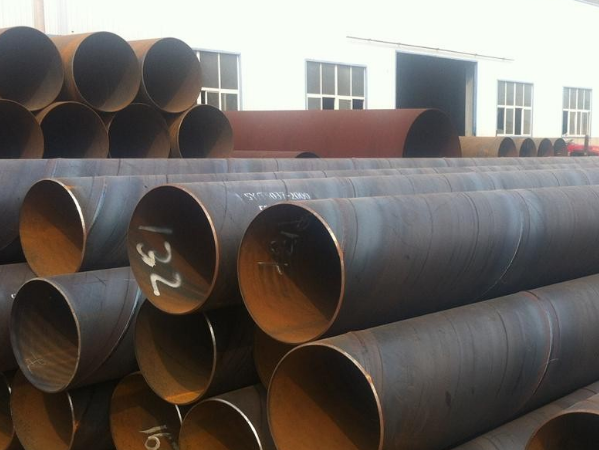Carbon steel tube (CS tube) is one of the most important materials in today's engineering field, widely used in petroleum, natural gas, chemical industry, aerospace, construction and automobile and other fields. In order to ensure the high quality and safe performance of carbon steel tubes, there are some important requirements that need to be met. This article will introduce the production quality requirements of carbon steel tubes, including physical properties, chemical composition, manufacturing process and testing standards.
First of all, the physical performance requirements for carbon steel tubes include indicators such as tensile strength, yield strength, elongation, impact toughness and hardness. These performance indicators are directly related to the strength and reliability of carbon steel pipes, and have different requirements in different engineering applications. For example, in the oil and gas industry, carbon steel tubes need to have high compression and corrosion resistance to cope with harsh working environments.

Secondly, the chemical composition requirements of carbon steel tubes are also very critical. Reasonable chemical composition can ensure that carbon steel tubes have good weldability, machinability and corrosion resistance. Generally, the main elements of carbon steel pipes include carbon, silicon, manganese, phosphorus, sulfur and a small amount of chromium and molybdenum. Different engineering requirements may require carbon steel tubes with different chemical compositions, so the element content needs to be precisely controlled during the manufacturing process.
The manufacturing process also plays a vital role in the quality of carbon steel tubes. A reasonable manufacturing process can ensure the surface finish, dimensional accuracy and mechanical properties of carbon steel pipes. Generally speaking, the manufacturing process of carbon steel tubes includes processes such as hot rolling, cold rolling, cold drawing, forging and welding. During the production process, parameters such as temperature, pressure and speed need to be strictly controlled to ensure the quality of carbon steel pipes.
Finally, the testing standards for carbon steel tubes are also very important. Common testing methods include physical performance testing, chemical composition analysis, metallographic structure observation, ultrasonic flaw detection and magnetic particle testing, etc. Through a comprehensive inspection of carbon steel tubes, any quality problems can be found in time, and corresponding measures can be taken to ensure that the quality of carbon steel tubes meets the standard requirements.
In conclusion:
Carbon steel tubes have a wide range of applications in the engineering field, but in order to ensure their high quality and safety performance, some important requirements need to be met. These requirements include aspects such as physical properties, chemical composition, manufacturing process and testing standards. Only under the premise of meeting these requirements can we produce high-quality carbon steel tubes that meet engineering requirements.
Tips: Carbon steel welded pipes can be divided into three types: straight seam submerged arc welded steel pipes, spiral welded pipes, and high-frequency straight seam welded steel pipes (Electric Resistance Welded Steel Pipe) according to the forming method of the weld seam.


